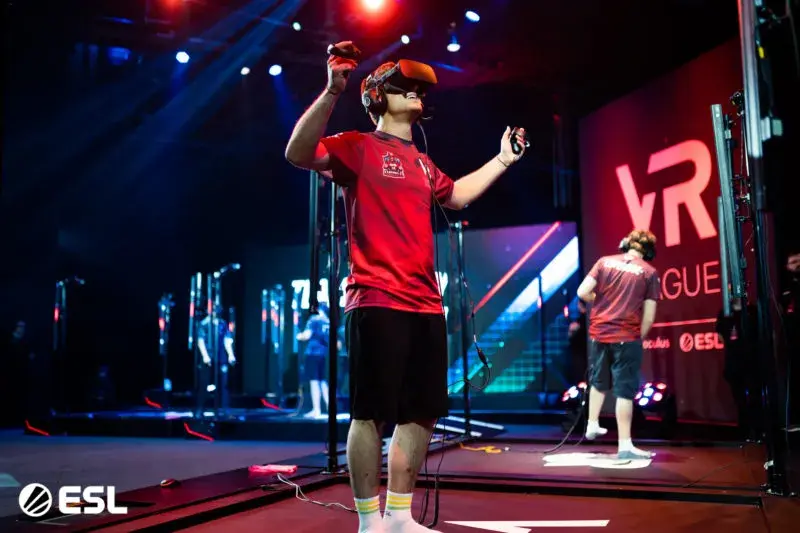Article
09:21, 05.12.2023

As technology continues to advance, it's becoming increasingly likely that the future of gaming will evolve beyond traditional computer screens. In this scenario, the potential for integrating virtual reality (VR) into popular games like Counter-Strike 2 (CS2) is gaining attention. This shift promises to transform the way players interact with the game, moving from keyboard and mouse to a fully immersive 3D environment.
The allure of VR in CS2
Imagine the intensity of a CS2 match where you are not just controlling a character on a screen, but you are actually 'in' the game. The corridors of Inferno or the streets of Dust II become your physical playground. This level of immersion could transform the game from a test of hand-eye coordination to an all-encompassing experience that tests your physical reactions and strategic thinking in real-time.
Overcoming technical challenges
The path to integrating VR into a game like CS2 is fraught with technical challenges. High-speed, twitch-based gameplay could result in disorientation or discomfort in a VR setting. To combat this, developers might need to innovate in VR movement mechanics, perhaps introducing teleportation or advanced motion tracking to maintain the game's fast pace without causing motion sickness.
Moreover, ensuring that the VR experience replicates the accuracy and responsiveness of traditional controls is paramount. This could involve the development of new VR peripherals specifically designed for first-person shooters, providing tactile feedback and ergonomic controls that mimic real-world weapons and interactions.
Gameplay evolution
In VR, CS2's gameplay could evolve in unprecedented ways. The physicality of actions like crouching, peeking around corners, or aiming would add new layers of depth and realism. This could also open up new strategies and play styles, as players' physical abilities become as important as their tactical skills.
Esports in a new dimension
The impact on the esports scene would be profound. VR tournaments could offer a spectacle where players' physical movements are as crucial as their in-game decisions. This could attract a new audience to esports, blending the appeal of physical sports with the strategic depth of competitive gaming.

Training and development
For professional players, VR could become an invaluable training tool, allowing them to practice in a more realistic and immersive environment. This could lead to a higher level of play, as players can train in conditions that closely mimic the pressure and intensity of a real match.
Community and engagement
The potential for community engagement in VR is vast. VR could allow for more interactive spectator modes, where viewers can choose their viewpoint or even follow their favourite player's perspective in a 3D space. This could dramatically enhance the viewing experience, making esports more accessible and engaging for a broader audience.
Technological horizons
Looking to the future, advancements in VR technology, such as eye-tracking, improved field of view, and even brain-computer interfaces, could further deepen the integration of VR in games like CS2. These technologies could make VR gaming more intuitive and immersive, bridging the gap between the virtual and real worlds.
Conclusion
The integration of VR into Counter-Strike 2 holds immense promise, offering a future where the line between player and character is blurred. While there are significant challenges to overcome, the potential for an immersive, physically engaging, and strategically complex version of CS2 makes this a future worth striving for. As VR technology continues to advance, the dream of fully immersive esports becomes increasingly attainable, heralding a new era in competitive gaming.
Comments
Upcoming Top Matches
Latest top articles







No comments yet! Be the first one to react